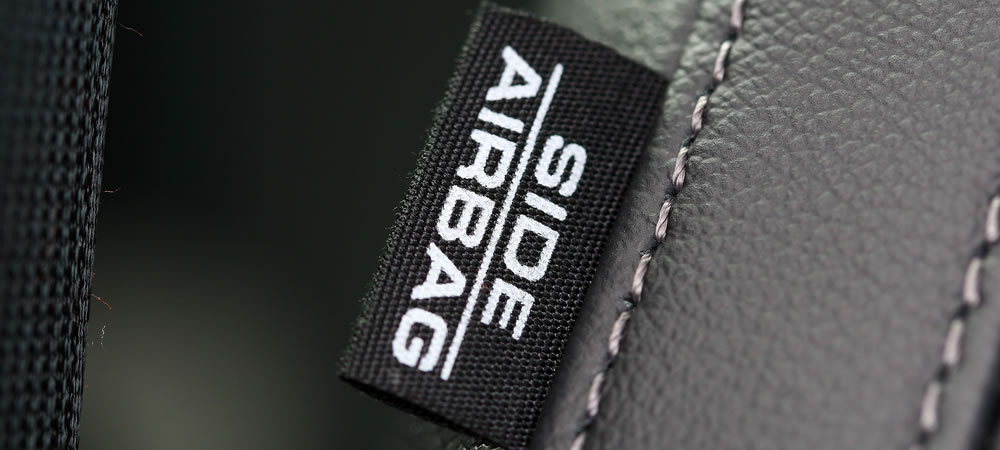It is not surprising that many South Africans have had to reconsider their household budgets and for many, this means downgrading to smaller, fuel efficient cars.
While aspects such as looks, specification levels and fuel consumption undoubtedly play a role in the choice of vehicle, safety features should remain a key consideration.

So what safety features should you look for in a car, particularly if you’re shopping on a budget?
The basics
There are certain safety features on vehicles we take for granted, but if they are not present could have dire consequences…
Shatterproof glass, which breaks into small, harmless pieces, is used for the windscreen and other windows to protect the vehicle occupants from injury.
Seatbelts were invented in 1849, but were not standard equipment in cars until the 1960s. Over the years improvements have been made and now three-point inertia belts with emergency locking retraction are the norm.
Head restraints (or head rests) are meant to restrict head movement in the event of a rear impact and thus reduce the risk of neck injury. They are a requirement for front seats but not in the rear.
A vehicle’s brake, turn and headlights are also important safety features, ensuring you can see and be seen on the road. As such they need to be in perfect working condition at all times.
Bumpers are the most primitive safety feature on a vehicle but they fulfil a critical role by preventing damage to the body and engine.
No-compromise items
The AA indicated that they would like to see more people considering safety features when buying a vehicle. The AA believes this is particularly important in the entry-level market as lots of the people buying or driving these vehicles are those with the least driving experience. Obviously, this makes safety features even more critical.
Accordingly, the AA believes there are three safety features that all vehicles – even entry-level models – should have: ABS, ESC and airbags.
In layman’s terms, Anti-lock Braking Systems (ABS) prevent the wheels from locking up and the car skidding under hard braking so that the driver can still control and steer the car.
Without ABS, a vehicle’s brakes would lock up under hard braking, causing it to swerve and slide before coming to a stop.
Electronic Stability Control (ESC) was first introduced in the mid-nineties by Mercedes-Benz and BMW. Also commonly referred to as electronic stability program (ESP) or dynamic stability control (DSC), its main function is to detect and reduce the loss of traction and thereby improve a vehicle’s stability.
Simply put, ESC can brake one or more wheels, depending on which ones are losing grip, thereby ensuring the vehicle continues to travel in the required direction.
Airbags first appeared in cars in the late Eighties and have since become the norm rather than the exception.
The number of airbags in a vehicle can be anything from one (in entry-level cars) to as many as eight, but their purpose is the same; preventing injury in case of a collision.
Don’t simply settle
Whether you are buying a new or used vehicle, you still need to do your homework beforehand. It’s important that the cost of your car fits within your budget but don’t overlook the safety features and NCAP ratings – these features will keep you safe in the event of an accident and could very well, save your life!
Source: Automobile Association